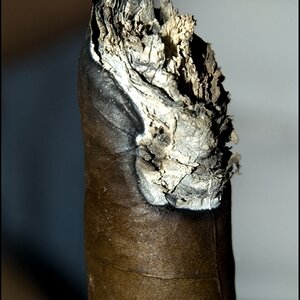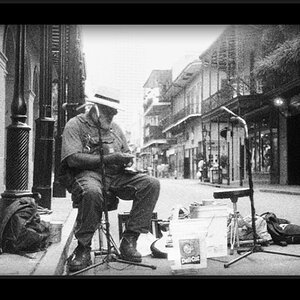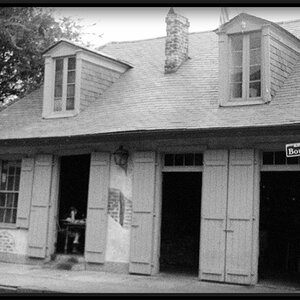- Joined
- Dec 16, 2003
- Messages
- 33,896
- Reaction score
- 1,853
- Location
- Edmonton
- Website
- www.mikehodson.ca
- Can others edit my Photos
- Photos NOT OK to edit
I though I asked this before but I can't find it.
How do I go about testing the trigger voltage of my third party flash units? I've got a bunch of them and I don't want to use them with my 20D until I know that they are within the safe voltage allowance.
I know, I know...get a Canon flash....I'm working on it.
How do I go about testing the trigger voltage of my third party flash units? I've got a bunch of them and I don't want to use them with my 20D until I know that they are within the safe voltage allowance.
I know, I know...get a Canon flash....I'm working on it.












![[No title]](/data/xfmg/thumbnail/41/41757-2c3d7911242848ab00e3e9aaafa24381.jpg?1619739882)
